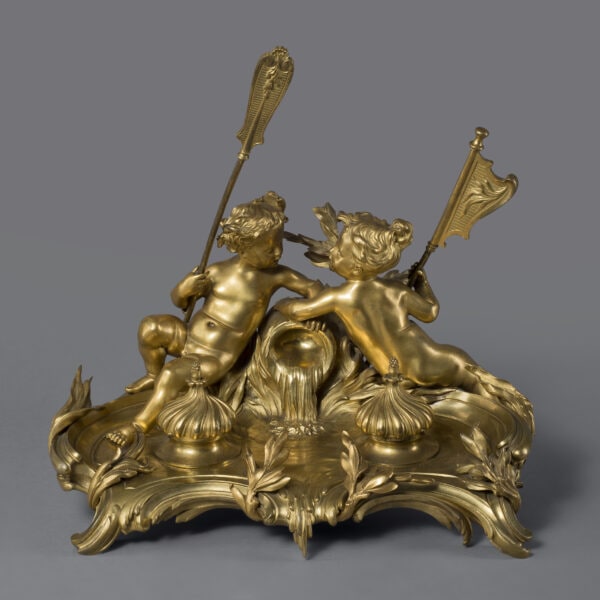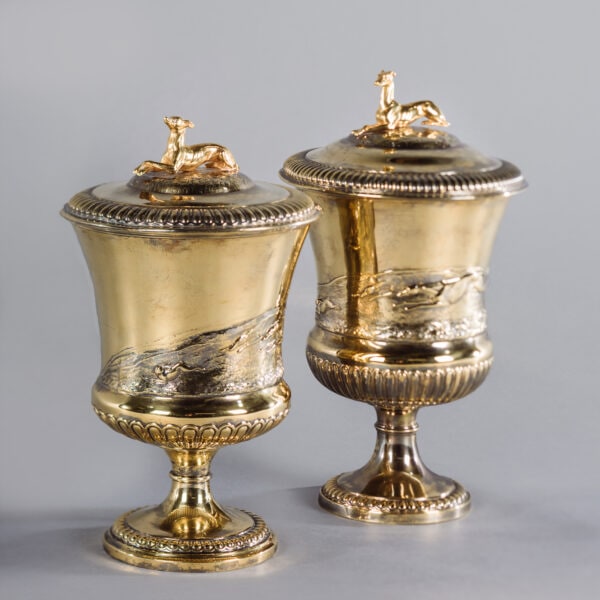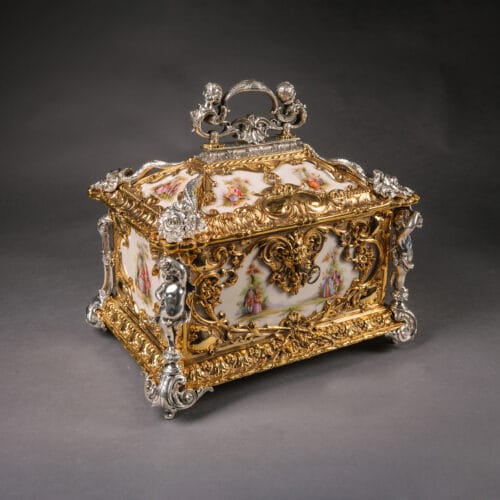Ferdinand Barbedienne
Una jardinera de esmalte champlevé
£4,500
A Champlevé Enamel and Gilt-Bronze Mounted Jardinière by Ferdinand Barbedienne, the design attributed to Louis-Constant Sévin. This fine jardinière...
Dimensiones
Height: 14 cm (6 in)Width: 24 cm (10 in)
Depth: 15 cm (6 in)
Descripción
A Champlevé Enamel and Gilt-Bronze Mounted Jardinière by Ferdinand Barbedienne, the design attributed to Louis-Constant Sévin. This fine jardinière is decorated all over with foliate scrolls and polychrome enamel flowers on a turquoise background. The jardinière retains its original metal liner.
Champlevé enamelling is similar to cloisonné in that the enamel is applied to discrete cells separated by metal. However, in champlevé, cells or troughs are cast into or cut away from the metal base, leaving a raised metal line between the cells which forms the outline of a design. The cells are then filled with molten or powdered glass and fired.
The design for the jardinière with its distinctive néo-Byzantine enamel work is attributed to the sculptor and designer Louis-Constant Sévin (1821-1888), who created many of Barbedienne’s most important pieces from 1855 until 1888.
At the age of thirteen the gifted Sévin entered an apprenticeship with the sculptor Marneuf and by 1839 was an accomplished sculptor and designer of jewellery. During the Revolution of 1848 he moved to London taking up the position of foreman for the goldsmith’s firm of Jean-Valentin Morel in London. Many of the items he designed for Morel where presented at the Great Exhibition of 1851 in London.
Returning to France in 1851 he moved to Limoges to design porcelain for the factory of Jouhanneaud & Dubois, before finally taking up the position of sculptor – decorator with Barbedienne in Paris in 1855, a position he was to hold until the end of his life in 1888. He was to achieve great recognition for his work throughout his long career, including a medal for excellence at the London Exhibition of 1862 and a Gold medal at the Exposition Universelle in Paris in 1878.
An identical jardiniere with a cream rather than a turquoise field, signed ‘Ferdinand Barbedienne’ to the gilt bronze base, was previously in our collection Ref: B69110.
Francés, Circa 1870.
Fecha
Alrededor de 1870
Origen
Francia
Medio
Bronze
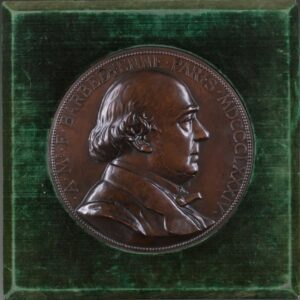
Ferdinand Barbedienne (6 de agosto de 1810 - 21 de marzo de 1892) fue un metalúrgico y fabricante francés, muy conocido como fundidor de bronce.
Hijo de un pequeño agricultor de Calvados, comenzó su carrera como comerciante de papel pintado en París. En 1838 se asoció con Achille Collas (1795-1859), que acababa de inventar una máquina para crear réplicas en bronce de estatuas en miniatura. Juntos iniciaron un negocio de venta de miniaturas de estatuas antiguas procedentes de museos de toda Europa, democratizando así el arte y haciéndolo más accesible a los hogares. A partir de 1843 ampliaron su campo de acción reproduciendo la obra de artistas vivos y también se diversificaron fabricando objetos domésticos esmaltados. Con el estallido de la guerra franco-prusiana en 1870, la empresa tuvo que dedicarse brevemente a la fundición de cañones debido a la escasez de metales, pero reanudó su actividad posteriormente. Tras la muerte de Barbedienne en 1892, fue enterrado en el cementerio del Père-Lachaise y la empresa fue continuada por su sobrino Gustave Leblanc hasta 1952.
Entre los principales artistas reproducidos por la firma estaban Antoine Louis Barye y Auguste Rodin.
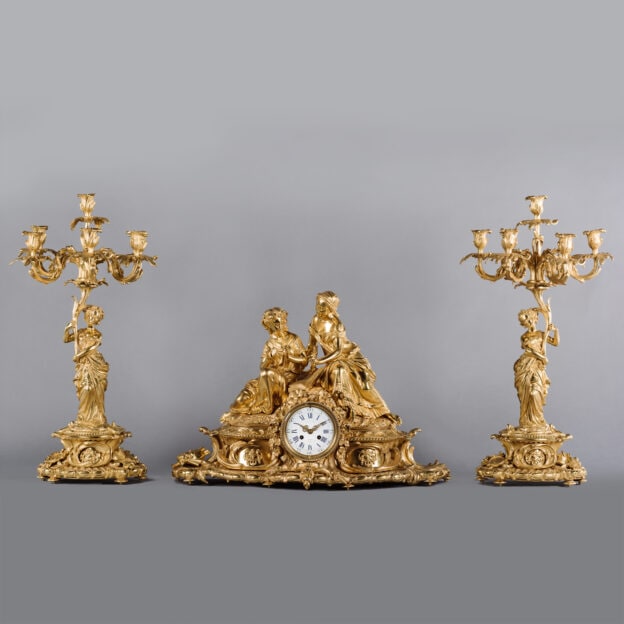




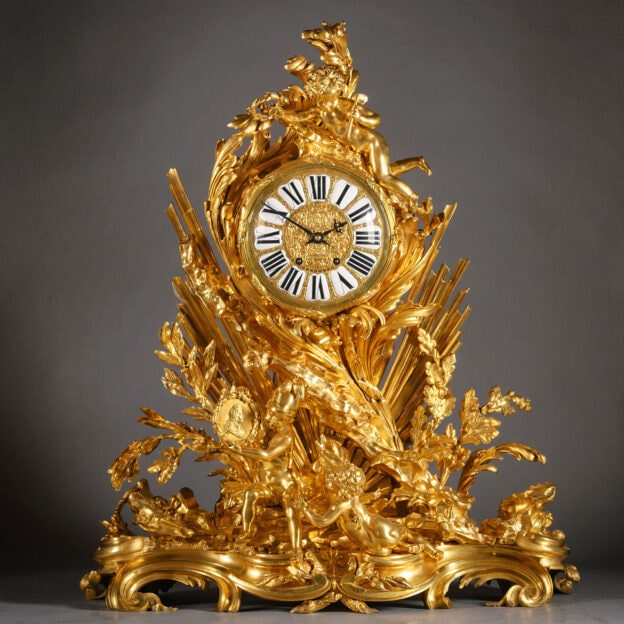

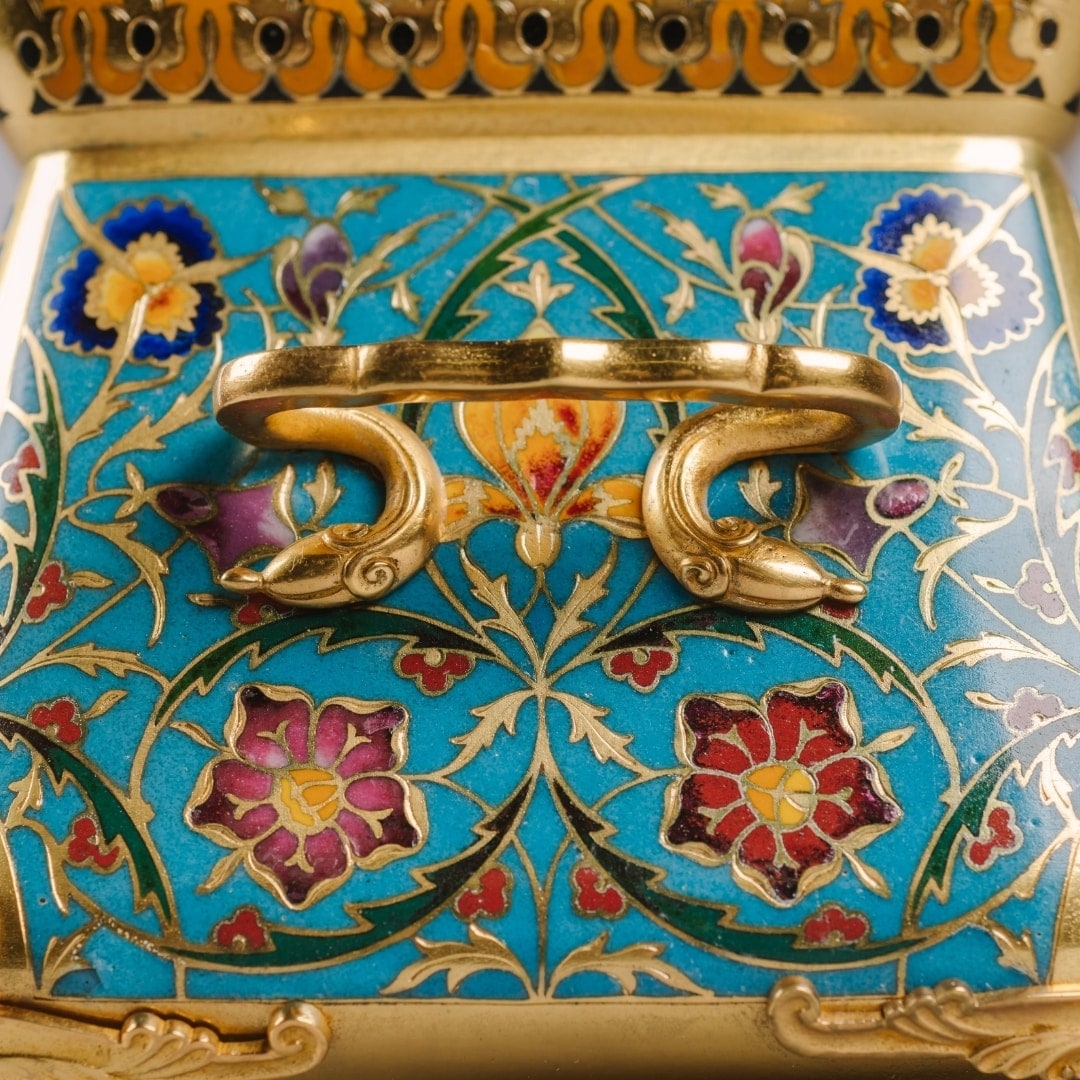
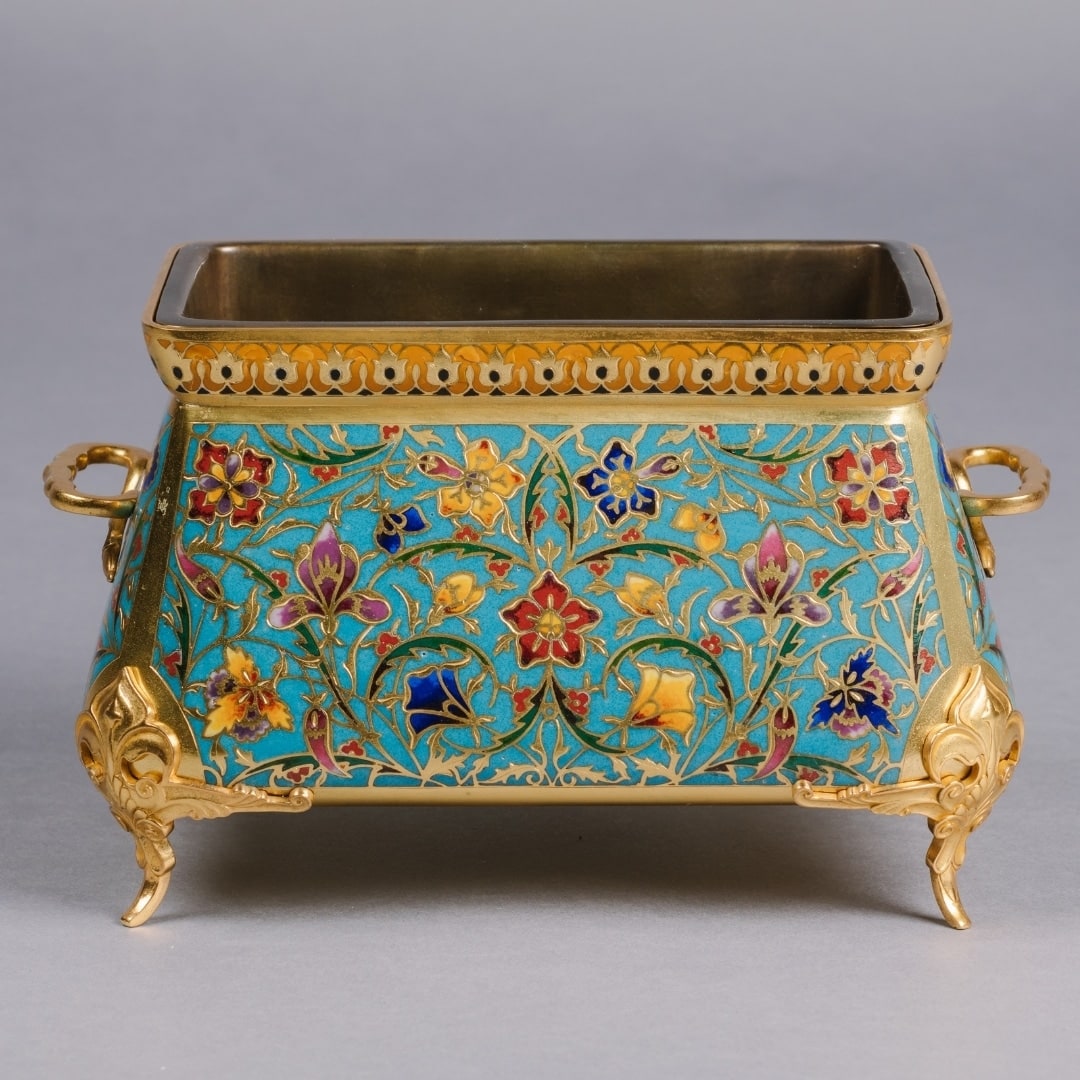
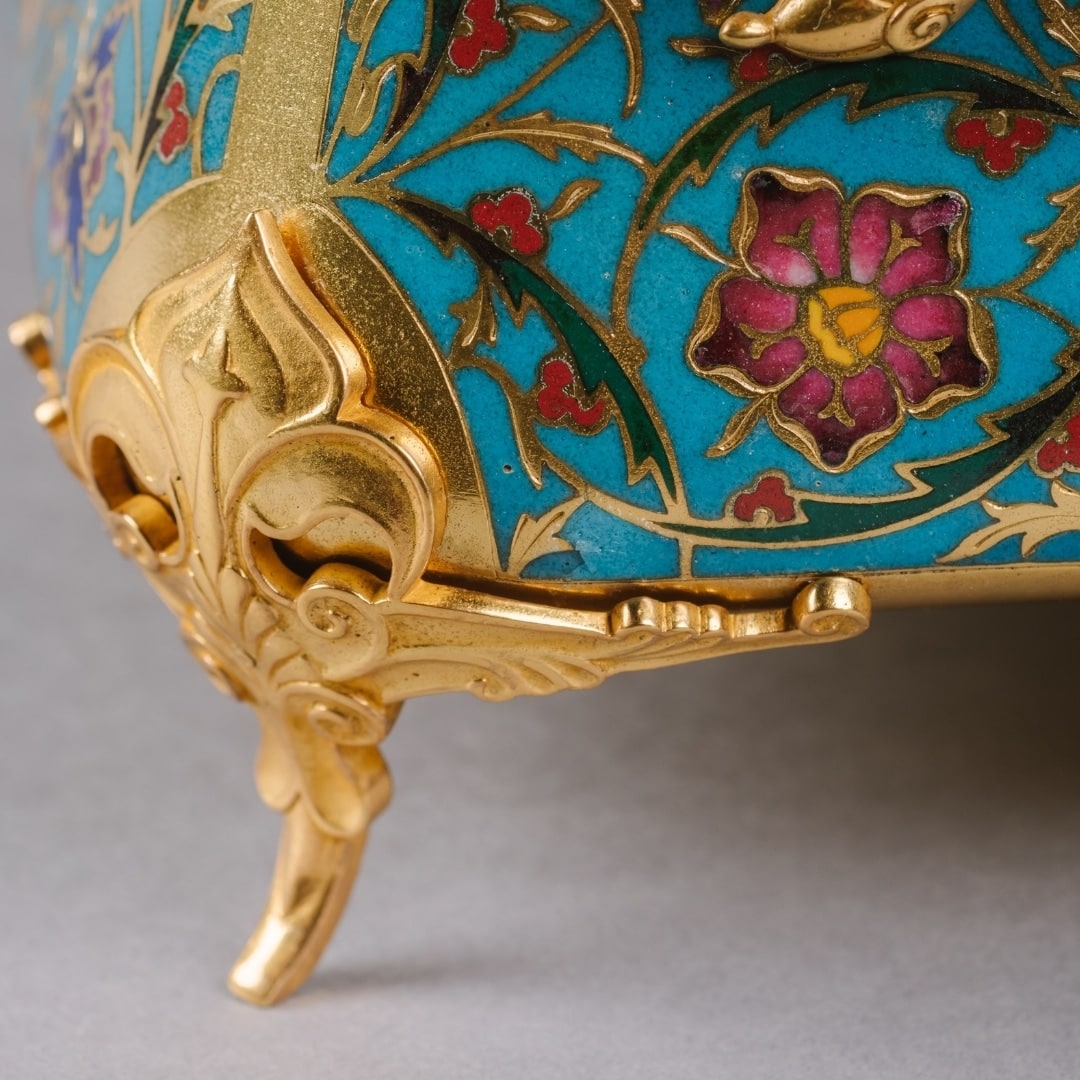

 Imprimir
Imprimir